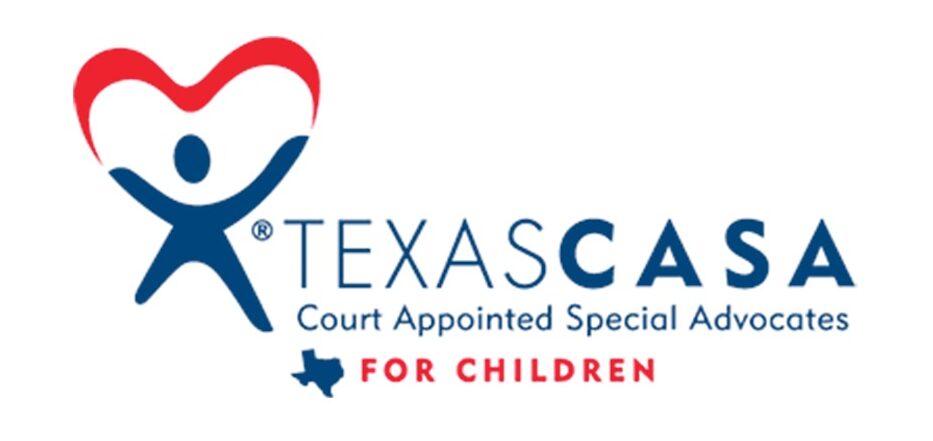
A Two-Phase Marketing Strategy to Boost Awareness and Volunteer Engagement
Client Overview
Court Appointed Special Advocates (CASA) of Denton is a 501(c)(3) nonprofit volunteer-based organization serving the Denton County area. CASA volunteers are appointed by the court to serve as advocates for abused or neglected children removed from their homes by Child Protective Services (CPS). These volunteers investigate and monitor a child’s situation in alternative or foster care.
From 1992 to 1996, the CASA program in Denton County was operated solely by volunteers on a shoestring budget, serving up to eleven children in any one year. Today, CASA of Denton County employs 17 full-time staff, utilizes up to 250 volunteer child advocates annually, has a 19-member Board of Directors, and serves more than 600 children annually.

The Challenge
Two-Phased Approach
In the initial phase of the campaign, the team employed a multifaceted approach, blending awareness and conversion strategies through four key tactics. First, they utilized Over-The-Top (OTT) advertising, strategically placing content across various streaming services to capture the attention of viewers engaged in TV or movie streaming, effectively heightening awareness of CASA Denton. Complementing this, Mirrored Display tactics were implemented to extend awareness to the mobile devices of streaming audiences, directing them to the organization's website for further information.
In tandem, Native strategies were executed, dispersing relevant blog content in diverse digital environments tailored to user experiences, thereby attracting the intended audience. Additionally, the team leveraged Meta platforms, strategically placing content to guide individuals toward the main webpage for awareness and, subsequently, leading them to the application page for conversions.
As the campaign progressed into Phase 2, a strategic shift occurred towards a more direct conversion-based strategy. The team continued utilizing pixels within the same four tactics—OTT, Mirrored Display, Native, and Meta—with a heightened emphasis on the latter. While the overall use of each tactic remained consistent, the focus shifted towards guiding interested parties directly to the application webpage, moving away from the educational emphasis of the initial awareness phase.





